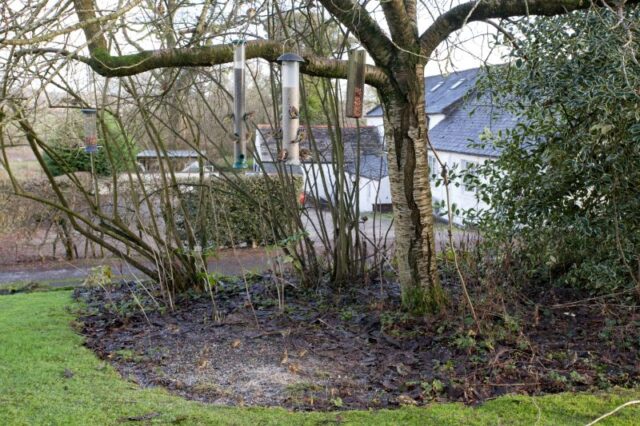During the first lockdown in 2020, the British Trust for Ornithology’s (BTO) Garden BirdWatch (GBW) survey saw the number of participants double, from just over 10,000 to over 20,000 garden birdwatchers, with submissions of garden wildlife sightings up by around a third on 2019. So far in 2021 almost 4 million observations have been submitted.
BTO Garden BirdWatch takes place throughout the year, with those taking part submitting records of birds and other wildlife that they see in their gardens each week. This information allows scientists at the BTO to keep an eye on how our garden wildlife is doing, both between years and over time; the survey began in 1995. During 2020, 378,062 weekly observations were submitted to the survey amounting to over 5.5 million individual records, the highest number counted in a decade (in 2019 it was 3.7 million).
Since 1995, the survey has charted the huge decline seen in Greenfinches and the large increase in Goldfinches. But GBW is about much more than birds, with other garden wildlife, such as butterflies, reptiles and mammals monitored too. We know that in 2020 butterflies did well in our gardens, largely as a result of the warm spring, and that in 2021 they are struggling after the cold start this year, although some are doing a little better since the warmer weather kicked in. Butterflies such as Peacock and Red Admiral are particularly obvious in our gardens right now.
Rob Jaques, Garden BirdWatch Development Officer, said, “The information we get from our Garden BirdWatchers is vital in helping us keep an eye on our garden birds. The simple act of looking out of your window and telling us what you see is extremely powerful and the only way we know just how they are doing. With more people taking part across Britain since 2020, we have an even better picture of how our garden birds are faring, but we would like more people to help. Even if you only see a few birds, or none at all, you can still take part, it is as important to know where birds aren’t as much as where they are. It is free to take part, so why not give it a go at www.bto.org/gbw and don’t forget to tell us about your other garden wildlife too”
All kinds of gardens count, you can even submit records of the wildlife that visits your balcony. UK gardens cover more land than all National Nature Reserves combined. As housing demand expands residential areas, understanding how our gardens can support wildlife may be fundamental in the conservation of British species.



